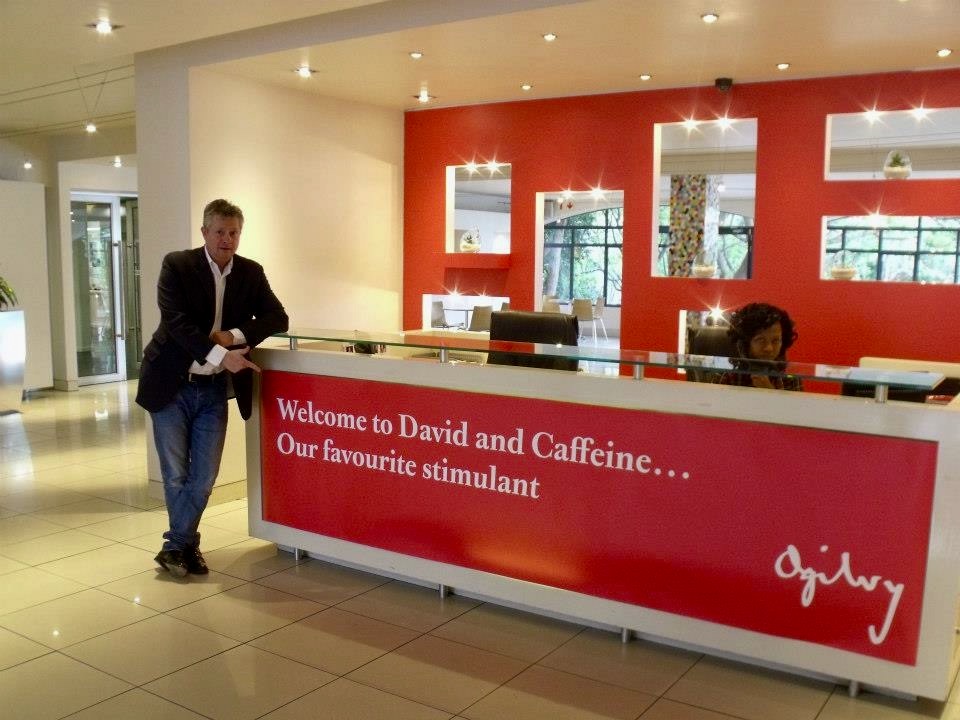An old boss of mine at the best advertising agency in the world (according to the Gunn Report, which measures these sorts of things) used to say that “your reward is in the car park”. It was a tongue in cheek reminder of how lucky we all were and that, when the work demanded more than 9 to 5 hours, it was best to quit whining and look at the metal down in the basement. This particular boss had a fine collection of metal – he had been rewarded well.
There was one colleague at this agency who was taken down into the basement by the European Chairman and was handed the keys to a silver Aston Martin DB5 (yes, that one). His reward for winning the Volkswagen business in Germnay. And there was the creative team who were chaperoned down to the undergound car park and asked to choose white or black – white Porsche 911 or black? To go with the colours of the world famous brand of Irish stout that their work had just won.
Yes. Cars have long been the currency of success in adland. But the really successful Mad Men, I mean the very best, they get rewarded with something much more impressive: Chateau.
There seem to be two schools of advertising agency. The really, really unpleasant ones (dog eat dog, political, ruthless, bullying) and the utterly lovely (thoughtful, kind, civilised, no ‘side’ or nasty undertone). Both schools can produce great work. Which is why it’s confusing. But, for me, after having worked in some of the “most unpleasant agencies in London”, according to one headhunter who placed me in my final (and lovely) ad agency, it is possible to be nice and still produce world beating work. Thank God. It’s exhausting working with arseholes and frankly, however good the work is, I’ve never wanted to be the most famous adman in the graveyard.
The nasty school of advertising includes some of the most illustrious names in the pantheon of the gods. But here’s a funny thing: the agencies they spawned don’t seem to exist any more. Their stars burn brightly and they are white hot for a year or two, then, invariably, they burn out like the shooting stars they are, disintegrating in a shower of exploding egos and alphabet soup.
I worked for several of these. The founder of the most famous one, he had a chateau. A little one. Well, chateau style. In Knightsbridge. At the end of a cul de sac.
Whereas the civilised school, well, they have a knack of hanging around: Abbott Mead Vickers (AMV BBDO), DDB and Ogilvy. The latter two agencies and the holding company that owned one of them accounted for 16 of my 23 years in advertising. That’s over 5 years on average in each place. In the other seven years of my advertising career, I worked for 4 agencies, all ruthless and unpleasant workplaces. That’s one every 18 months. What does that tell us?
Good guys don’t actually finish last and you get more out of someone and for longer if you treat them nicely.
I am being slightly ingenuous. No, not because the good always outlive the ugly or that talented people hang around for longer in nice places. Those bits are true. But because one of the nice ones I just mentioned never employed me as an employee. It hired me as a consultant. A consultant on new business. It is David Ogilvy’s agency. Which is odd. Because David Ogilvy had some choice words to say about people who specialised in new business.
In spite of his misgivings, I had a ball working with Ogilvy and they are probably my happiest times of all from a work perspective.
David Ogilvy was the doyen of Madison Avenue and Madison Avenue was the beating heart of the world’s advertising industry. When he wrote that about new business people, he was in his pomp and probably the most famous advertising man in the world. He owned a proper chateau – the real deal in France.
The problem with being the most famous anything is that everything you say gets written down in tablets of stone by your followers. Who then treat it as sacred and inviolable. So when the world changes and new circumstances mean new rules apply, those disciples are left up shit creek without a paddle, saddled with outmoded beliefs and strictures for working which don’t work anymore. Which is exactly what happened to Ogilvy’s empire.
Which is where I came in.

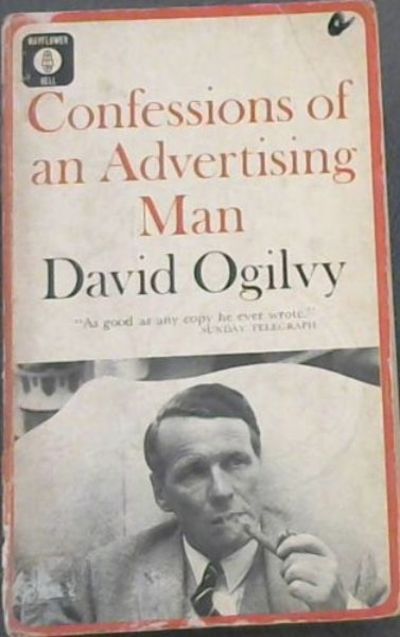
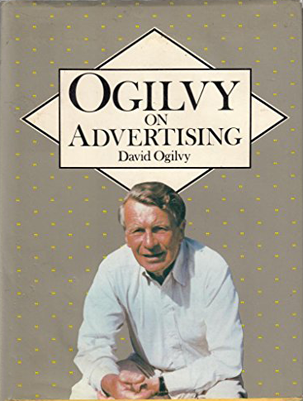
At the height of his persuasive powers, Ogilvy was the spokesman for an entire industry and the prime architect of how advertising should be done. He was also a very civilised man who had high standards, was intellectually uncompromising and who didn’t tolerate bad manners or artlessness in anyone – employees, clients or shareholders. Ogilvy was a Scot who made it really big in the States. He started his eponymous advertising agency at the age of 43. The company’s distinctive red branding – the colour of Ogilvy’s trademark braces – blazed a trail around the world and he both enriched those he added to his global empire and acted as the torch bearer for how advertising should be done. He inspired unquestioning loyalty from thousands of his disciples and gave the world memorable aphorisms which still reverberate in the corridors of agency life. Much of what we know about the world of advertising, Ogilvy gave to us. His New York flagship agency is the competitor mentioned reverentially by the fictitious wannabees at Sterling Cooper in the TV series, Mad Men.
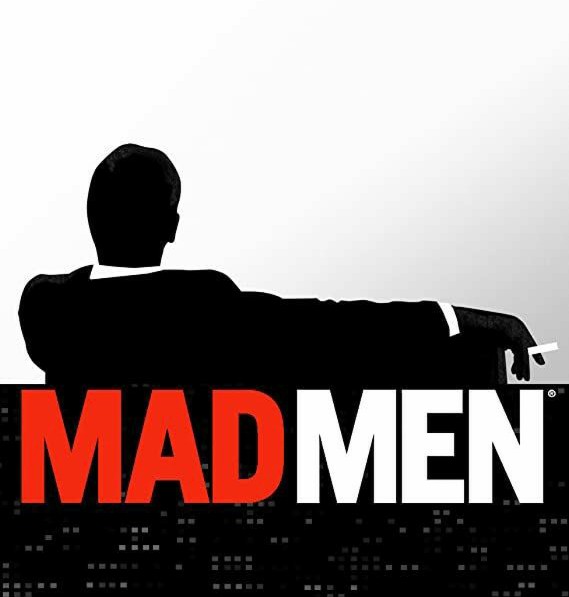
Ogilvy retired to the grand surroundings of Chateau Touffou in France in 1973. It was a very public declaration of the status and wealth that this most modern of business disciplines could generate. (And no-one who came after ever bettered it as a statement of personal achievement.) Madison Avenue is a far cry from the Loire Valley and that was the point. After a life devoted to endowing the industry that was infamous for chutzpah, snake oil sales strategies and braggadocio with respectability and professionalism, Ogilvy lived in a place which cemented his own reputation for taste and respectability.
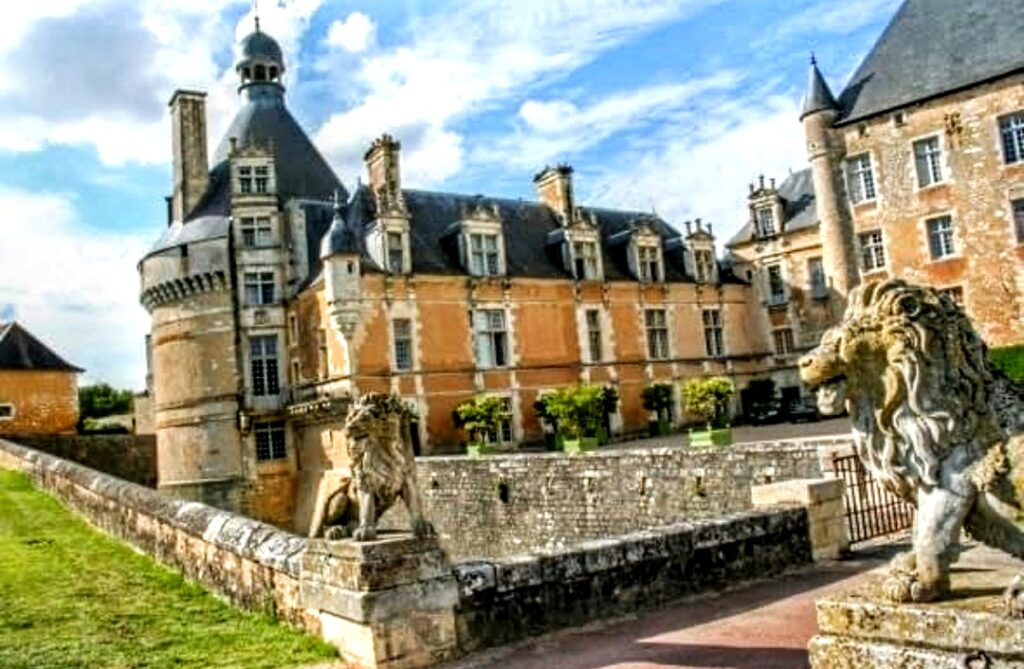
I never actually met David Ogilvy. But I felt his presence everywhere. From 2007 to 2011, I was both an outsider and an insider as the new business expert the worldwide CEO, Miles Young, used to help him drag the company into the C21st. Miles was exactly the sort of ‘gentleman with brains’ that Ogilvy prided himself on employing. An Oxford graduate in history from New College (where he is now Warden), Miles Young started his career at the infamous Allen, Brady & Marsh – a very successful London agency that was the polar opposite of the refined, intellectual atmosphere David Ogilvy cultivated. ABM started Miles out on his path and must have given him a taste for the theatre of pitches (at which ABM excelled) because he was an ideal client and had a genuine knack for the art of new business. After a few years he then joined Ogilvy. He never left. But as Worldwide CEO, he inherited an organisation which, in its slavish devotion to the edicts of a founder whose worldview was increasingly outmoded, had stopped being competitive. Ogilvy’s doctrine had become enshrined within the organisation like some embalmed Lenin-esque cult of personality, long after the leader had departed. A radical himself, David Ogilvy would have been angered at the inability of his heirs to adapt and modernise. Instead, his agency had become the ‘university of advertising’ – the place where graduates learned the craft and then left to go work at more vital, exciting agencies intent on shaking up the world and creating work which broke the rules Ogilvy himself had laid down. The agency was moribund and in need of radical overhaul.
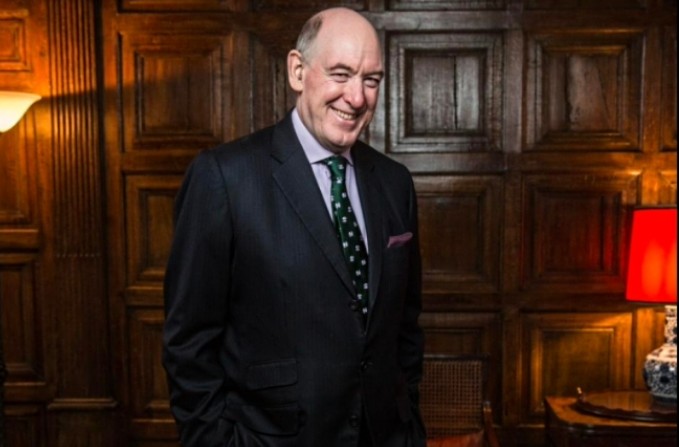
I had first got onto Miles Young’s radar at a gig I did in Siem Reap, Cambodia (see blog Banquet of the damned) for Ogilvy Asia, of which he was Chairman. My three session stint of workshops for the advertising agency delegates had gone well and led to a whole series of engagements for my firm, Caffeine. Siem Reap led to Japan, India, Singapore, Hong Kong, Macau, South Korea and Shanghai in China. Conference after conference, workshop after workshop. The reports must have been good because I was contacted by Miles’ aide de camp to come and present at Chateau Touffou – the spiritual home of Ogilvy since the great man had died and left it to both his widow and the organisation – to the global executive board on my observations about the Ogilvy business development operation.
The chauffeur driven limo picked me up from a small provincial airport and I was driven to Chateau Touffou. This imposing grand palace sat imperiously on the banks of the river Loire. I was welcomed and shown to my quarters, the Cardinal’s Room. The vast room had a four poster bed with burgundy velvet drapes and a window which looked over the bridge guarded by stone lions and all the way down the course of the river into the distance. All that was missing, I mused, was a Spitfire making a victory roll along the line of the river’s course.

The day I arrived I was left to settle in and wander the grounds. Across the gravel drive from the main chateau was the haunted tower. Two members of the executive committee were staying at the top and I opened the creaking front door to ascend the stairs. The tower had a very eery atmosphere and half way up the stairs I heard a door slam shut loudly. A chill wind blew down the back of my neck and I turned to head back out into daylight. I didn’t fancy this place. It was cold and sinister and felt unhappy. Back in the sunshine I felt better immediately. I hoped the reception I would get from the board wouldn’t be as frosty as this place felt.

Next to the river was a terraced rose garden but the main gardens were at the back of the chateau. I explored. Through the apple trees I came across the swimming pool. It looked unkempt. There were autumnal leaves all over the surface, blowing hither and thither in the early evening breeze. The gardens had the feel of neglect. If this had been the retirement playground of Ogilvy in his dotage, it didn’t seem like anyone enjoyed the gardens and pool any more.

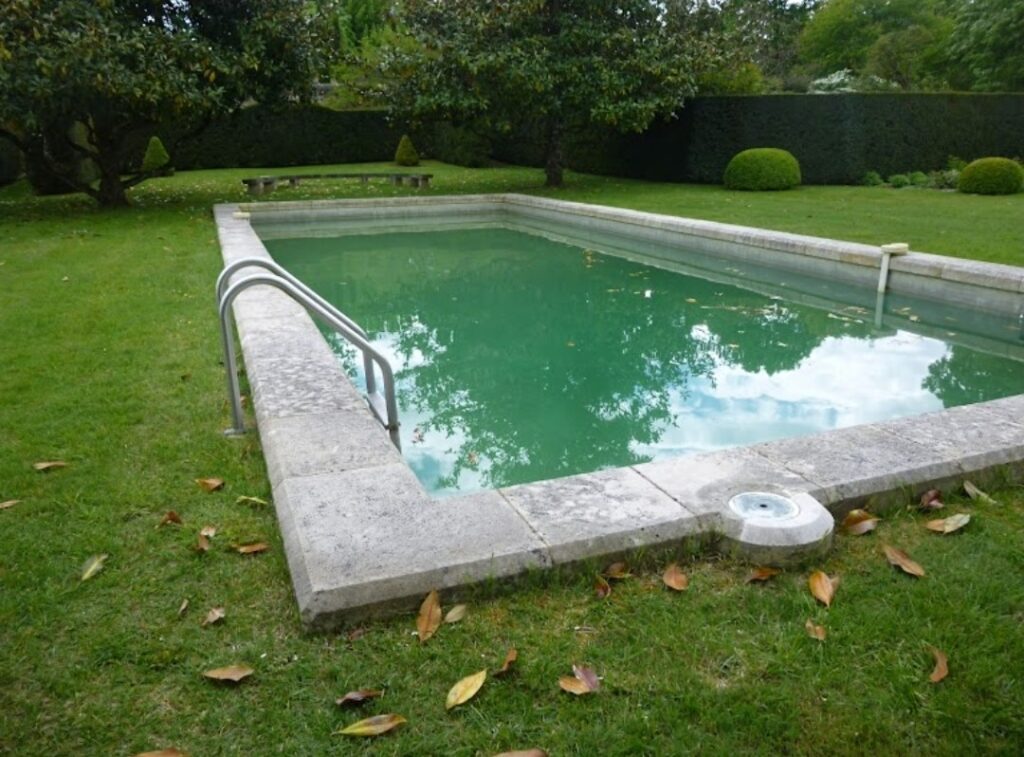


I joined the board for drinks in the library, which were presided over by Herta Ogilvy, David’s widow. I was introduced to her and she slipped into the easy charm and aristocratic hauteur of a hostess used to entertaining pilgrims to the great man’s lair. She was an Austrian and rumours had it that she had an interesting family tree of Third Reich heritage. Maybe this helped with the supreme self-confidence: she was alive and sharp and accustomed to being flattered and she presided over the room with effortless ease. Dinner went in an unmemorable haze of small talk and unremarkable food and wine.
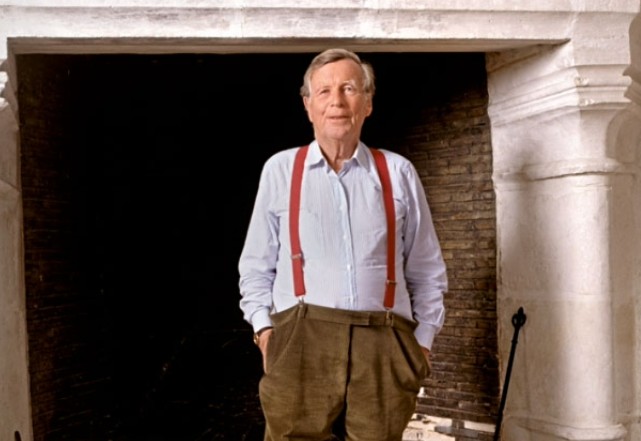
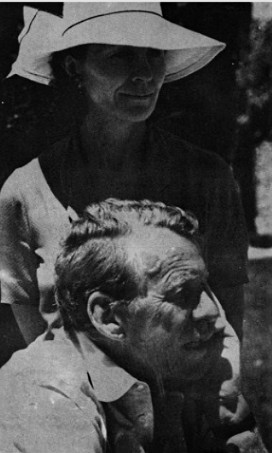
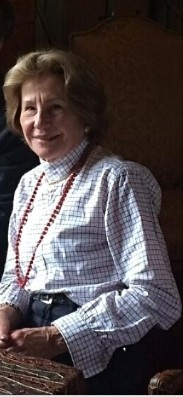
The next day I presented to the board. I likened Ogilvy’s attitude to new business to that of my first boss, Frank Lowe, who, upon being invited to hear my views about prospecting for new clients aggressively rather than waiting for them to knock on the agency’s front door, dismissed my ideas as “vulgar”. The agency (ABM, ironically) that he owned was closed a few months later ith the loss of over three hundred jobs. I said that Ogilvy had become atrophied and forgotten how to woo new clients or win in open competition at pitch. They didn’t like what I said, but it didn’t matter because Miles was already sold and he had a plan. I was commissioned on the spot and within the next half hour had struck the largest fee deal my little consultancy firm had ever negotiated.
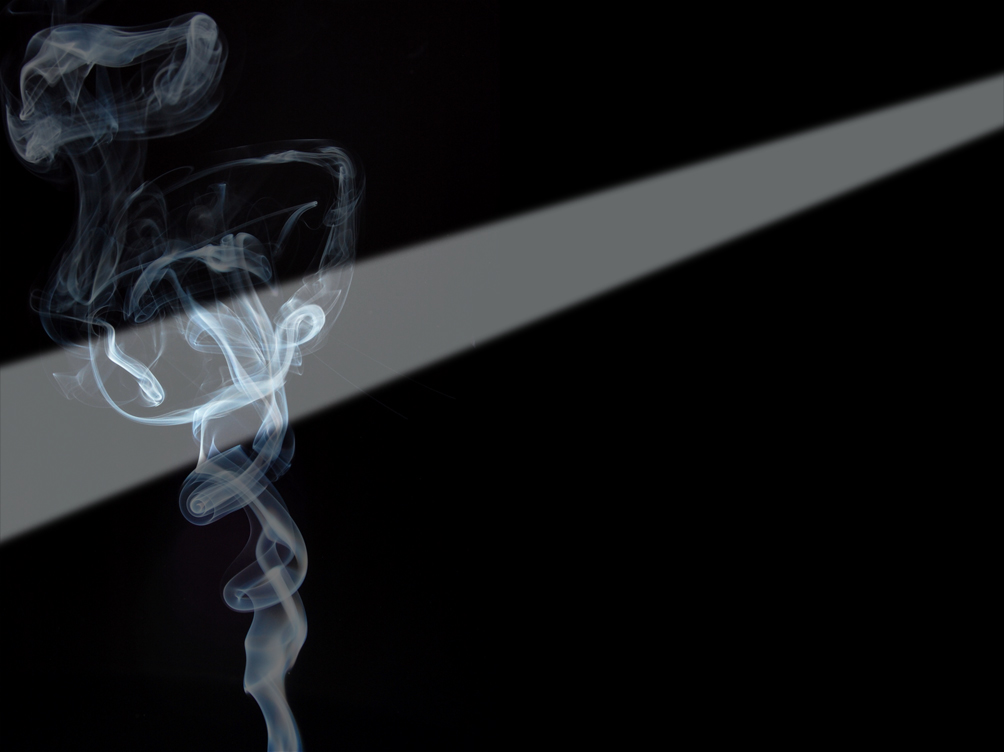
We were put to work immediately on the first major pitch Ogilvy had participated in for five years. The first meeting of the team in the New York office had 73 people in it, all arranged around the biggest table I had ever seen and all glaring at me, the outsider. What could I, a fucking limey, tell the mighty Ogilvy about winning pitches? Quite a lot as it turned out.
On my first day, I bumped into the worldwide chief financial officer.
“The fees you guys are charging, you better be good” he fired at me.
“We are”, I fired back and continued on down the corridor.
Steve Goldstein and David Kean
And we were.

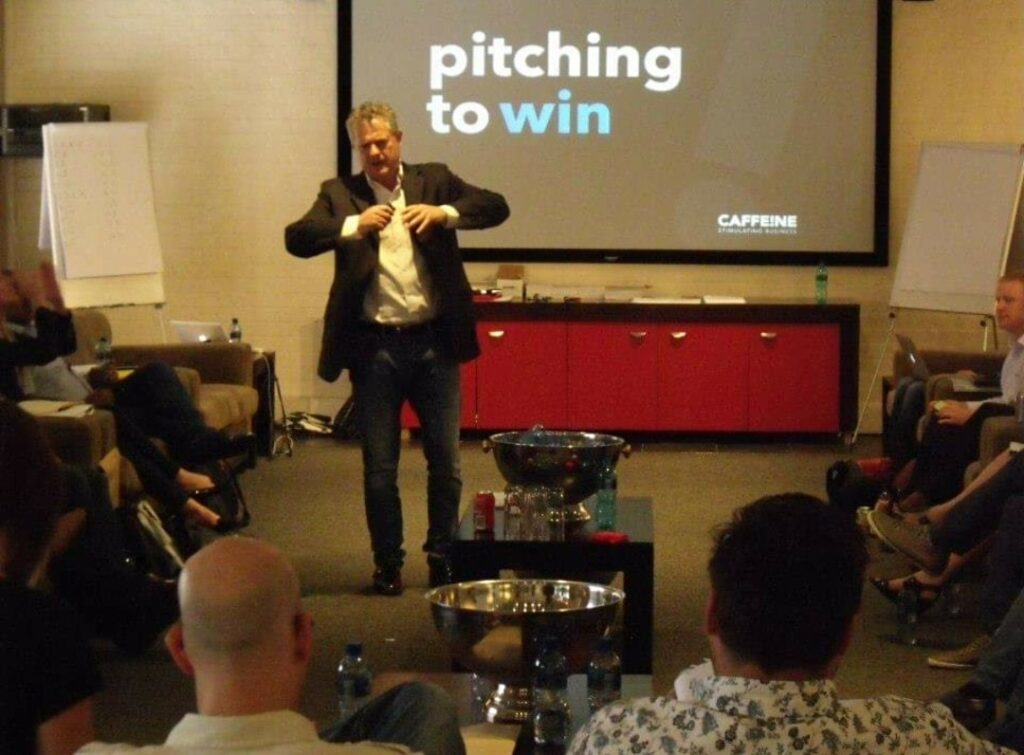
We fought against the well entrenched old guard of Ogilvy’s New York office and little by little we won round the people we needed on side. Miles recruited an A team of very able strategists and data experts and this cadre soon became the go to group to win the big set piece pitches. With UPS, we had two dramatic interventions. The first when we helped them ace the first ‘chemistry’ meeting by turning the potential calamity of a 4pm, last on the list, client meeting into a triumph by laying on tea from all over the world. The idea was to signal, subtly, that Ogilvy was tuned into the rhythms and customs of the wider world beyond the USA. UPS was looking for a communications partner to guide them as they expanded overseas beyond their home market. The different dishes did that more eruditely than any amount of slides could have done. And we also got the team to introduced themselves in a novel way. Instead of the usual ‘wedding line up’ with a swap of business cards and a blur of handshakes, we got Miles to tell the client team in the elevator on the way up to the meeting that they were about to meet an assembly of interesting people: a pastry chef, a climber of Mount Everest, a cinnamon farmer and so on. Their job was to meet everyone and guess which talent each person had. UPS loved it and it made the afternoon meeting incredibly memorable.
The second intervention was to read between the lines. The most senior UPS client met with Miles. She invited him to WorldPort, the logistical miracle that makes the whole UPS operation run like clockwork. He said he was too busy. When we heard this we pointed out that what she had really said was “if you don’t come to WorldPort, I won’t give you my business because this is the how the business actually works.” Miles went. He was the only CEO of any of the pitching agencies that went.
Ogilvy won.


We had other triumphs: forcing the team to rehearse three times. Getting the CEO to physically go and meet and fetch the clients in reception at that first meeting. I know. Incredible, isn’t it? But such was the arrogance, so out of tune were they with how the world had moved on from the days when agencies had the whip hand, that such simple disciplines transformed their fortunes. And ours. We went on to win the InterContinental Hotel Group pitch, the SC Johnson global re-alignment pitch and the Philips Europe pitch. These were the biggest pitches of the period. These wins catapulted Ogilvy back to the top and made them a feared and respected competitor once more.
It was a joy to work with Miles and the Ogilvy A team. It is always nice to win. But to win with people who are fun, bright, civilised and willing to listen is a dream. My business partner, Chris Cowpe, and I spent hours, days, weeks and months working on these pitches and we travelled the world for Ogilvy. Miles sent us anywhere where the performance needed a jolt. Wherever we went in, from Los Angeles to Cape Town, Ogilvy started winning immediately.
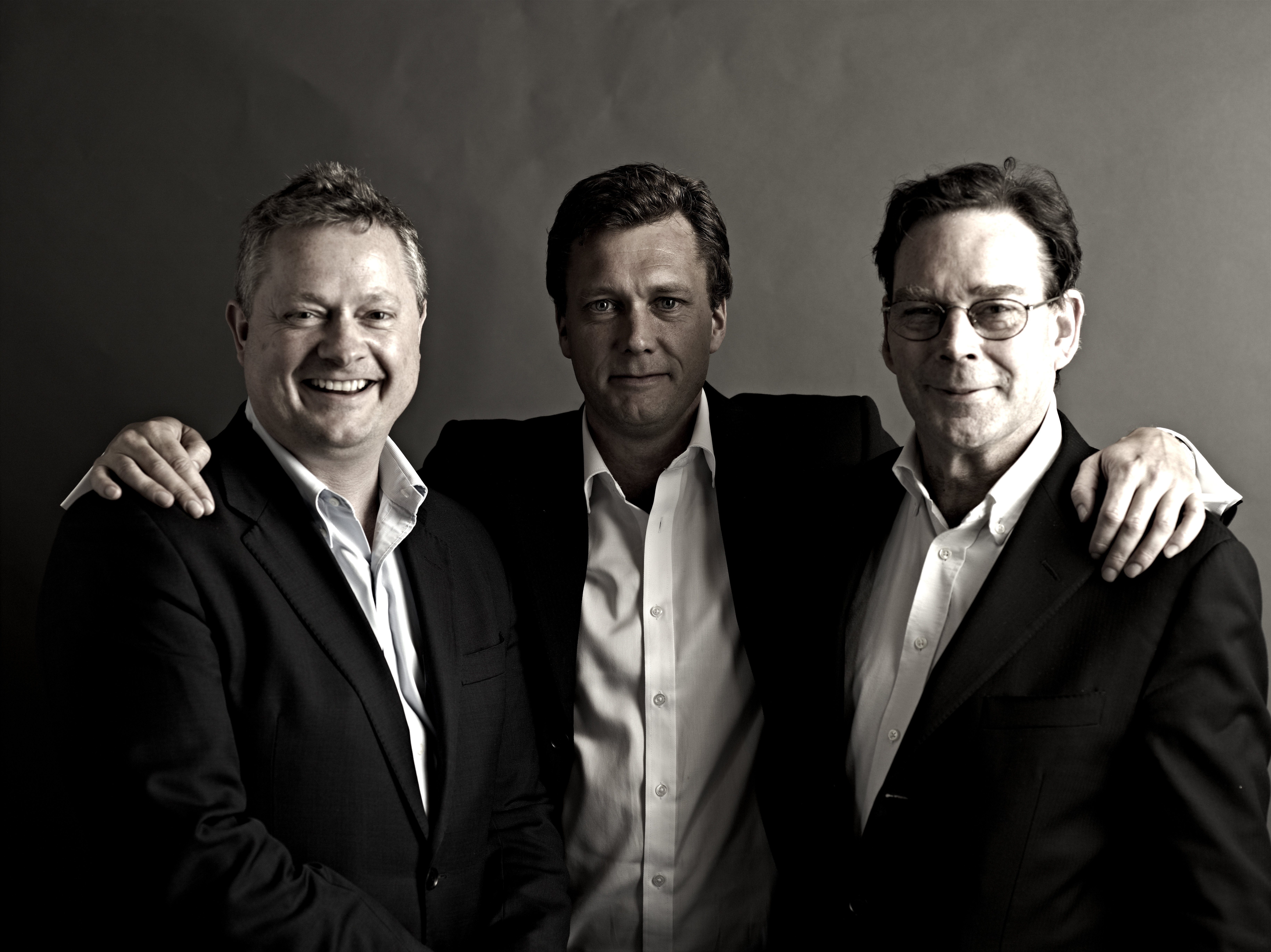

Eventually, our reputation preceded us and we were welcomed wherever we landed. People knew that we were genuinely going to help them to succeed. And we did. Ogilvy made around a billion US$ in new income with our help. It was a lovely way to repay the man who, more than any other, and in spite of the fact I never met him, educated me in the discipline which became my career.
